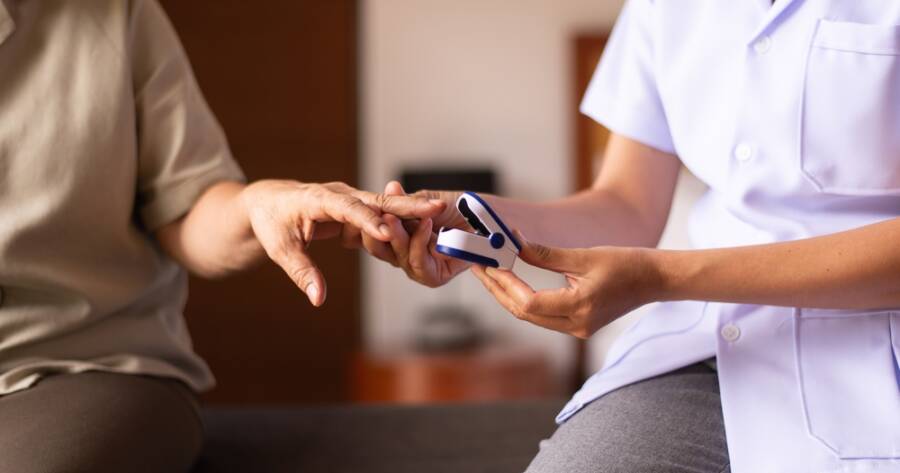Monitoring blood glucose levels is an essential part of managing diabetes, but the traditional process of using needles for finger pricks can be uncomfortable and inconvenient. For those who have to test their blood sugar multiple times a day, the idea of a needleless glucose monitor could be a game changer. If you have been considering a more comfortable and easier way to monitor your glucose levels, the new high-precision, non-invasive blood glucose meter from Docenin might be worth exploring.
How the New Docenin Needleless Glucose Monitor Could Work
The new glucose monitor from Docenin claims to use non-invasive technology to measure blood sugar levels without the need for needles or blood samples. If the device works as advertised, it could provide a completely painless way to monitor glucose levels. According to Docenin’s website, the device uses advanced sensors to obtain readings without needing to puncture the skin. This could make life significantly easier for those who are tired of traditional finger-stick methods.
The technology behind this glucose monitor could use spectroscopy or similar non-invasive methods to detect blood glucose through the skin. If the readings are accurate, this type of technology might significantly improve the user experience by reducing both the physical and psychological discomfort that often accompanies regular blood sugar testing. Additionally, it could be especially helpful for people who have conditions that make frequent needle use problematic, such as those with skin sensitivity or limited dexterity.
How Much Does the Docenin Needleless Glucose Monitor Cost?
The cost of new technology might be a deciding factor for some users. Fortunately, the Docenin is very affordable, just over $20. While price points can vary depending on the device, considering the long-term value of a more comfortable and user-friendly device might help justify any initial investment. It could also be worth investigating whether your insurance might cover part of the cost or if the device qualifies under health-related spending accounts.
Potential Benefits for Diabetes Management
A needleless glucose monitor could offer multiple advantages. For one, the convenience of avoiding finger pricks might make individuals more consistent with their glucose monitoring. Since consistent monitoring is key to effective diabetes management, the use of a painless method could potentially lead to better health outcomes. If the device is as easy to use as advertised, users might be more likely to check their levels regularly, leading to more accurate insights into their daily patterns.
Furthermore, the device’s high-precision claim might make it a reliable option for people who want to maintain tight control over their glucose levels. Traditional methods, while accurate, can be cumbersome, and the physical discomfort might discourage frequent testing. If the new needleless option offers comparable accuracy, it could encourage more proactive management of diabetes.
Considerations Before Switching
While the idea of a needleless glucose monitor is undoubtedly appealing, there are several factors you might want to consider before making the switch. For example, it could be beneficial to compare the accuracy of this new device to traditional finger-stick methods. If you decide to switch, it may be wise to double-check the results against your current meter initially, to see how well they align.
Another potential consideration is how well the device integrates with your current diabetes management routine. If the monitor provides readings without a need for calibration with finger-stick tests, it could save you time and effort. However, until the device’s accuracy is verified through your own experience or medical consultation, it might be best to use it in conjunction with traditional methods for a period of time.
What to Expect Next
If you are interested in trying out a needleless glucose monitor, it could be helpful to discuss it with your healthcare provider first. They might offer guidance on how to incorporate it into your routine safely and effectively. They could also provide insights into whether the technology is a good fit for your specific needs, given your current health condition.
The development of non-invasive glucose monitoring technology could be a significant step forward in diabetes care. If the new monitor from Docenin lives up to its claims, it might make managing blood glucose levels much less of a burden for many people. For those looking for a more comfortable and user-friendly alternative to traditional testing, this needleless option could be a promising choice.
As always, it’s important to weigh the pros and cons carefully before making any changes to your healthcare routine. If this new technology works for you, it might offer a new level of comfort and convenience in your diabetes management journey.
